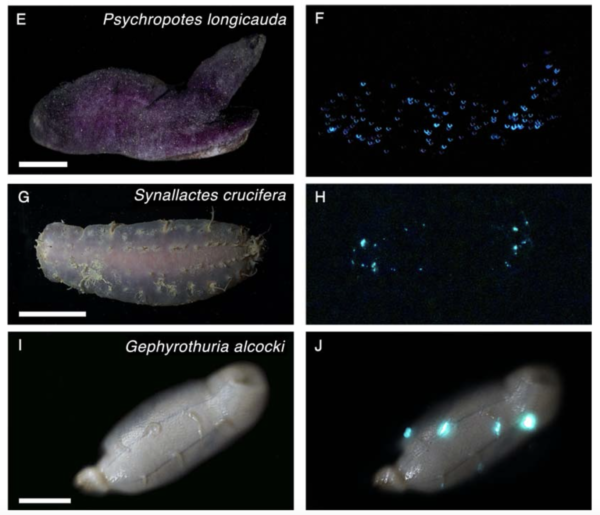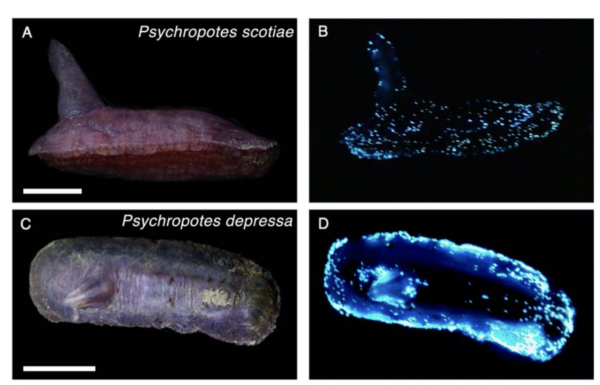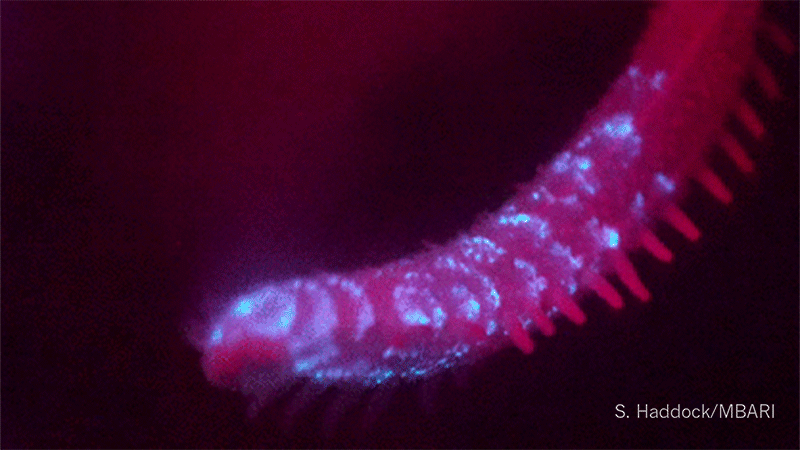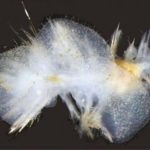When we ponder bioluminescence, our minds often conjure images of mesmerizing squids and radiant fish, captivating our imagination with their dazzling displays. However, as research progresses, we’re discovering that the enchanting phenomenon of bioluminescence extends far beyond these marine creatures. Delving into the depths of the ocean reveals a stunning array of luminous life forms, including corals, jellyfish, sea pens, comb jellies, tunicates, crustaceans, worms, and even carnivorous sponges. With bioluminescence emerging independently at least 95 times across the tree of life, the underwater world unfolds as a canvas painted with a myriad of glowing organisms.
In this luminescent tapestry, sea cucumbers emerge as unexpected stars. While we might not associate these echinoderms with bioluminescence, they contribute significantly to the underwater light show. Interestingly, in shallow waters, only a mere 1% of species can emit light, whereas the seafloor teems with bioluminescent activity, showcasing the radiant abilities of over 50% of its inhabitants. Venture to the depths of one kilometer, and you’ll find that luminous sea cucumbers constitute an astonishing 99% of all sea cucumbers.

Research by Manabu Bessho-Uehara, Jerrome Mallefet, and Steven Haddock have cast light on the bioluminescent secrets of sea cucumbers. Documenting not only 42 known species of glowing sea cucumbers but also six independent evolutions of bioluminescence within the sea cucumber lineage. The earliest illuminated sea cucumber may have been nearly 400 million years to the Devonian era, coinciding with the establishment of the first land animals.
While the precise details of how sea cucumbers produce their blue to greenish bioluminescence remain a mystery, the process involves a small organic compound known as luciferin. This compound is catalyzed to oxidize by an enzyme fittingly named luciferase.

The question of why sea cucumbers, or holothurians, need bioluminescence remains unanswered. Like other organisms that exhibit this phenomenon, the glow may serve various purposes. From communication to startling, misdirecting, and warning predators, to attracting, stunning, or illuminating prey, and even facilitating mate recognition—the role of bioluminescence in sea cucumbers raises intriguing hypotheses. One such theory suggests that it functions as a burglar alarm, attracting larger predators to deter potential threats—a fascinating manifestation of the age-old adage, “the enemy of my friend is my friend.”
Photos from : Bessho-Uehara, Manabu, Jérôme Mallefet, and Steven HD Haddock. “Glowing sea cucumbers: Bioluminescence in the Holothuroidea.” The world of sea cucumbers. Academic Press, 2024. 361-375






